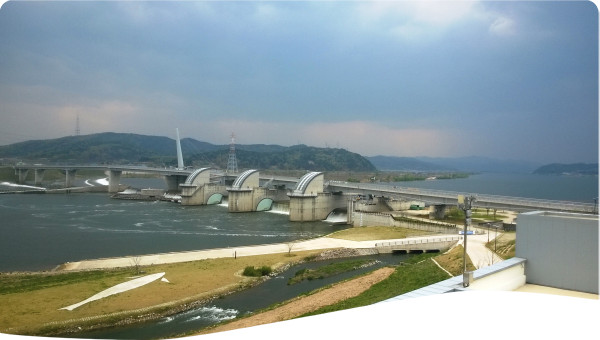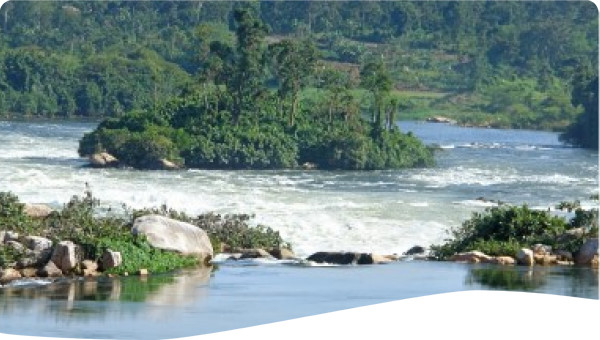Steadily shrinking for decades due to unsustainable irrigation policies, the Aral Sea is under increasing pressure, making both allocation and availability major challenges. Action has been taken and the Basin Economic Allocation Model has been developed as a long-term decision support system to facilitate putting “value on water use”. This demonstrates that economic models can be applied to assess economic value maximization of different water uses.
The water allocation can be supported by models that assess economic value maximization of different uses.
Model can explore whether it may be possible to change existing water allocation patterns in ways that enhance overall welfare in the basin.


